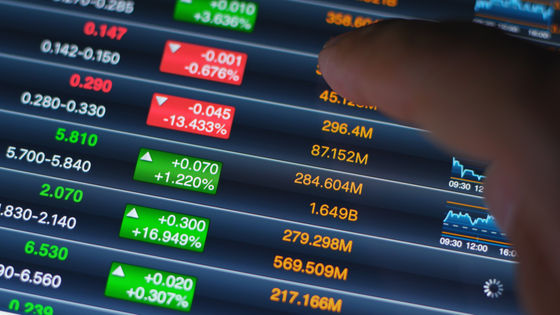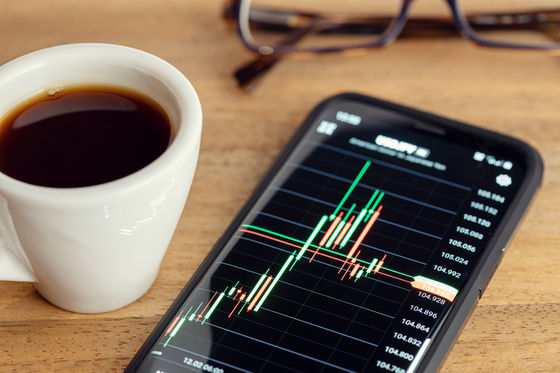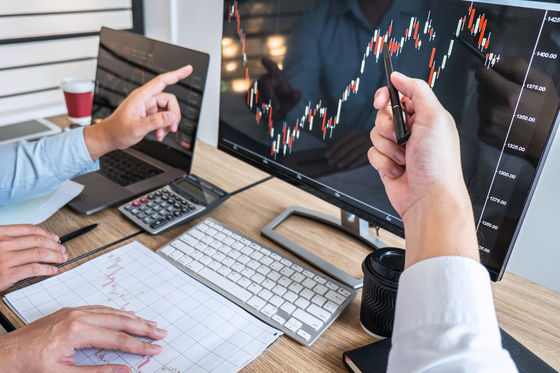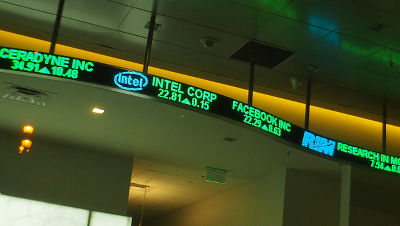How are stocks traded online?

An Intern's Guide to Trading | Nasdaq
https://www.nasdaq.com/articles/an-interns-guide-to-trading-2021-07-01
According to Mr. Macintosh, all orders in online trading are processed by a broker called a broker. Among them, retail orders, which are small transactions performed by general individual investors, begin with orders sent from retail brokers to wholesalers. As mentioned above, these individual investor transactions are characterized by a small amount, and 92% of orders are less than $ 20,000 (about 2.2 million yen).

Order thus been carried out, if there also be sent to the exchanges, dark pools may also be processed in trading off-exchange transactions such as. According to the latest data, 43% of all stocks traded in the United States are traded off-exchange. This means that about half of the stocks traded in the United States are processed on 16 exchanges in the United States.
Investor orders sent to the exchange are put together by a securities information processor (SIP) and published as the National Best Quote (NBBO) , which is the most investor-friendly price. The National Market System (NMS) rules stipulate that all transactions should not be at a disadvantage to NBBO, making NBBO an important benchmark price not only for trading on exchanges but also for off-exchange transactions. I will.

Trading on an exchange follows a slightly different course depending on how the investor placed the order. One of the typical ordering methods is
When you do a transaction in order Shigeyuki, cost although costly, promptly commitments to buy and sell are satisfied. Immediate closing means that subsequent transactions will be smoother, which is especially important for large-scale mutual funds. However, since you do not specify a price, there is a risk of executing at an unexpected price.
On the other hand, a limit order is usually placed at the end of many waiting orders, which slows down the trade and in some cases does not fill it. For example, if the stock price of the stock you want to buy stays higher than the limit price, you may have to reorder or you may not be able to buy it after all. When we consider these risks as costs, they are called opportunity costs. Because of these cases, Macintosh said, 'Trading with a limit order can cost more than placing a market order first.'

According to the market principle that 'the higher the demand, the higher the price', the faster you trade and the larger the trade, the higher the cost. On the other hand, if the opportunity cost mentioned above is included in the cost, a dilemma arises for the trader that 'it costs money even if the transaction is done carefully'. The choices you make for this dilemma depend on the brand.
A typical difference between brands is market capitalization. Stocks of companies with a large market capitalization are traded in large numbers in proportion to their size. In other words, market orders are executed faster. The characteristics of these stocks are sometimes described as 'high liquidity.' The price of the stock is also important. American stocks can be ordered in 1-cent increments, but stocks under $ 1 and $ 1000 have different weights of 1 cent.
Mr. McIntosh describes the flow of stock trading as 'complex, but in reality most of the recent trades are done by computers, solving most of the complex problems faced by human traders. Will do it. '
Related Posts:
in Note, Posted by log1l_ks






